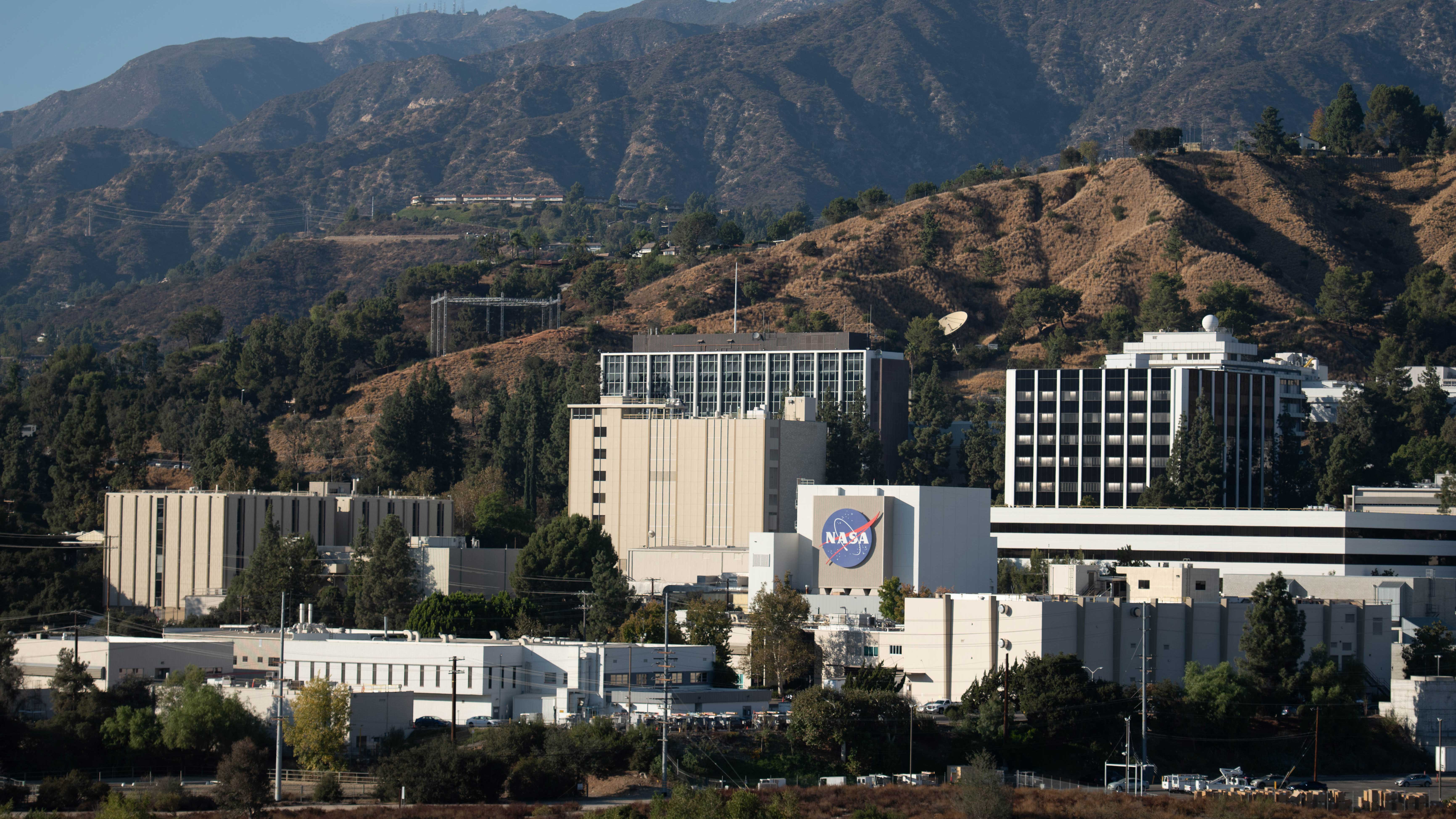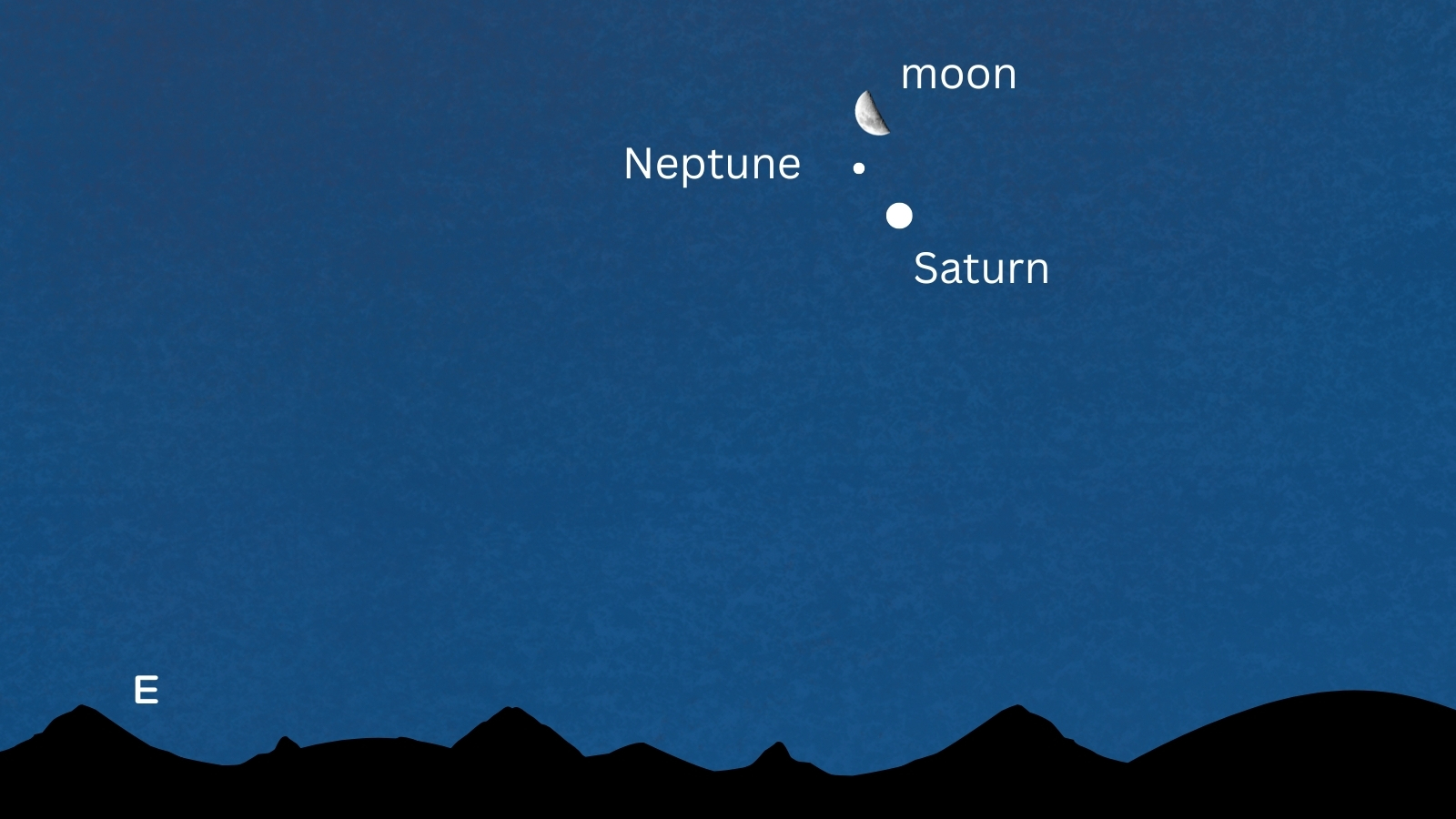
NASA's Jet Propulsion Laboratory (JPL) will soon start getting back to normal operations after weathering the raging L.A. fires.
JPL lies at the base of the San Gabriel Mountains just north of Los Angeles and was threatened by the Eaton Fire, which has devastated neighboring communities such as Altadena.
The center — NASA's lead facility for planetary exploration — has been closed since Jan. 8 except for essential activities, such as operating the Perseverance and Curiosity Mars rovers and other missions. But the Eaton Fire is no longer a danger to the lab, so JPL plans to reopen its doors next week.
"From Tuesday, Jan. 21 through Jan. 24, 2025, the Lab will be accessible to any personnel who need to work on site. Personnel who are able to telework for the week are encouraged to do so, as full and final cleanup of the facility is completed," JPL officials wrote on the center's emergency-information site on Friday (Jan. 17).
Related: Facts and information about NASA's Jet Propulsion Laboratory
Though JPL made it through the fire unscathed, much of its workforce did not.
"Significant devastation in our community. 1,000 still evacuated. More than 150 lost homes completely, many others will be displaced long term," JPL Director Laurie Leshin wrote in an X post on Jan. 10.
Breaking space news, the latest updates on rocket launches, skywatching events and more!
In another post that day, Leshin linked to a disaster-relief fundraising site devoted to helping those JPL workers, as well as employees of the California Institute of Technology in Pasadena, which manages the facility for NASA.
JPL is one of NASA's major science and climate centers—home to the Mars rovers and 1000s of people. Firefighters held back the flames at JPL’s gates, but many of our coworkers lost their homes. Here’s a thread of their public GoFundMes if you can share & support however possible: pic.twitter.com/UFllvp9fdAJanuary 10, 2025
The Eaton Fire has burned 14,117 acres (5,713 hectares) to date but is now 65% contained, according to NBC News. The biggest and most destructive of the L.A. blazes, the Palisades Fire, has scorched 23,713 acres (9,596 ha) and is just 31% contained.
Join our Space Forums to keep talking space on the latest missions, night sky and more! And if you have a news tip, correction or comment, let us know at: community@space.com.

Michael Wall is a Senior Space Writer with Space.com and joined the team in 2010. He primarily covers exoplanets, spaceflight and military space, but has been known to dabble in the space art beat. His book about the search for alien life, "Out There," was published on Nov. 13, 2018. Before becoming a science writer, Michael worked as a herpetologist and wildlife biologist. He has a Ph.D. in evolutionary biology from the University of Sydney, Australia, a bachelor's degree from the University of Arizona, and a graduate certificate in science writing from the University of California, Santa Cruz. To find out what his latest project is, you can follow Michael on Twitter.
